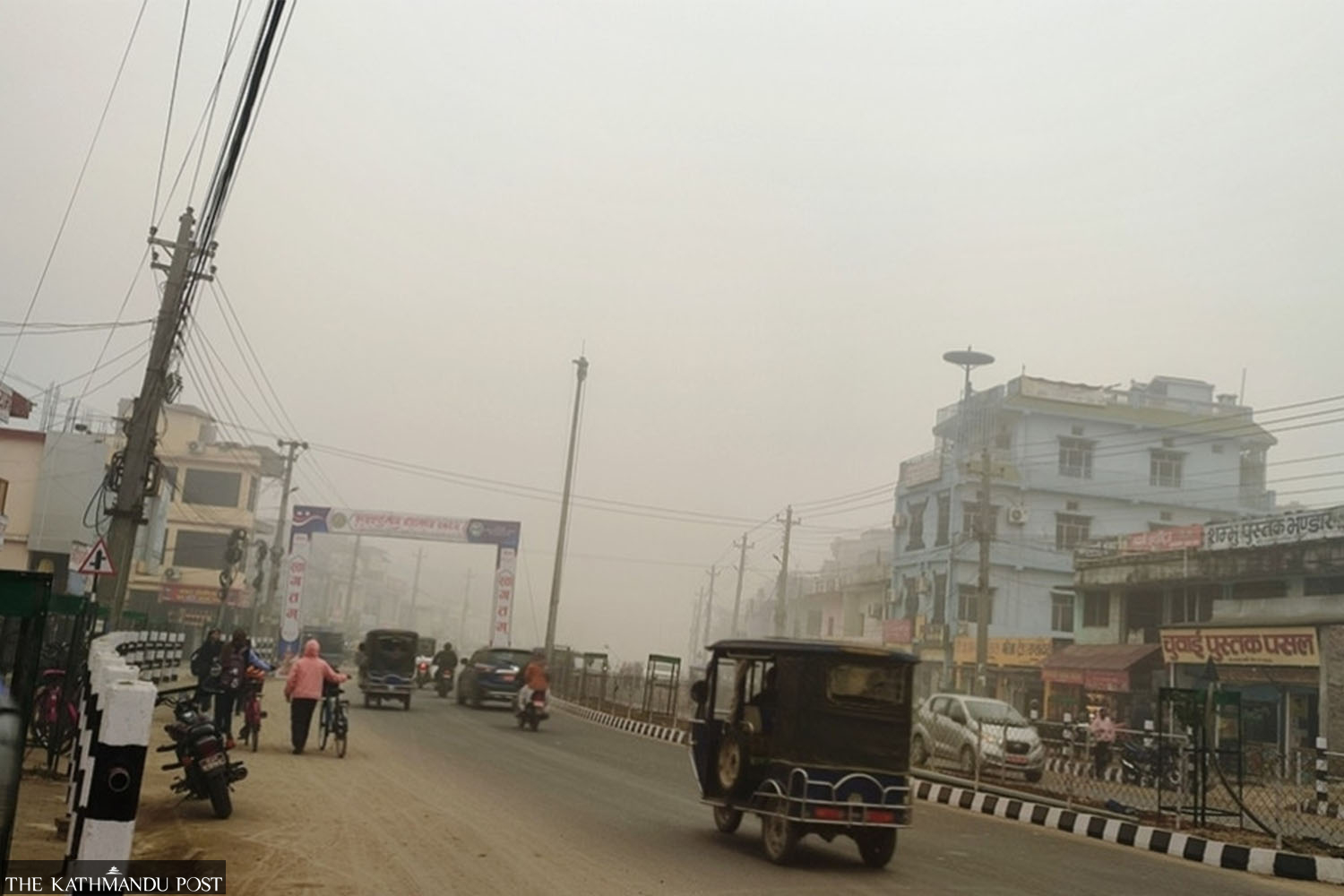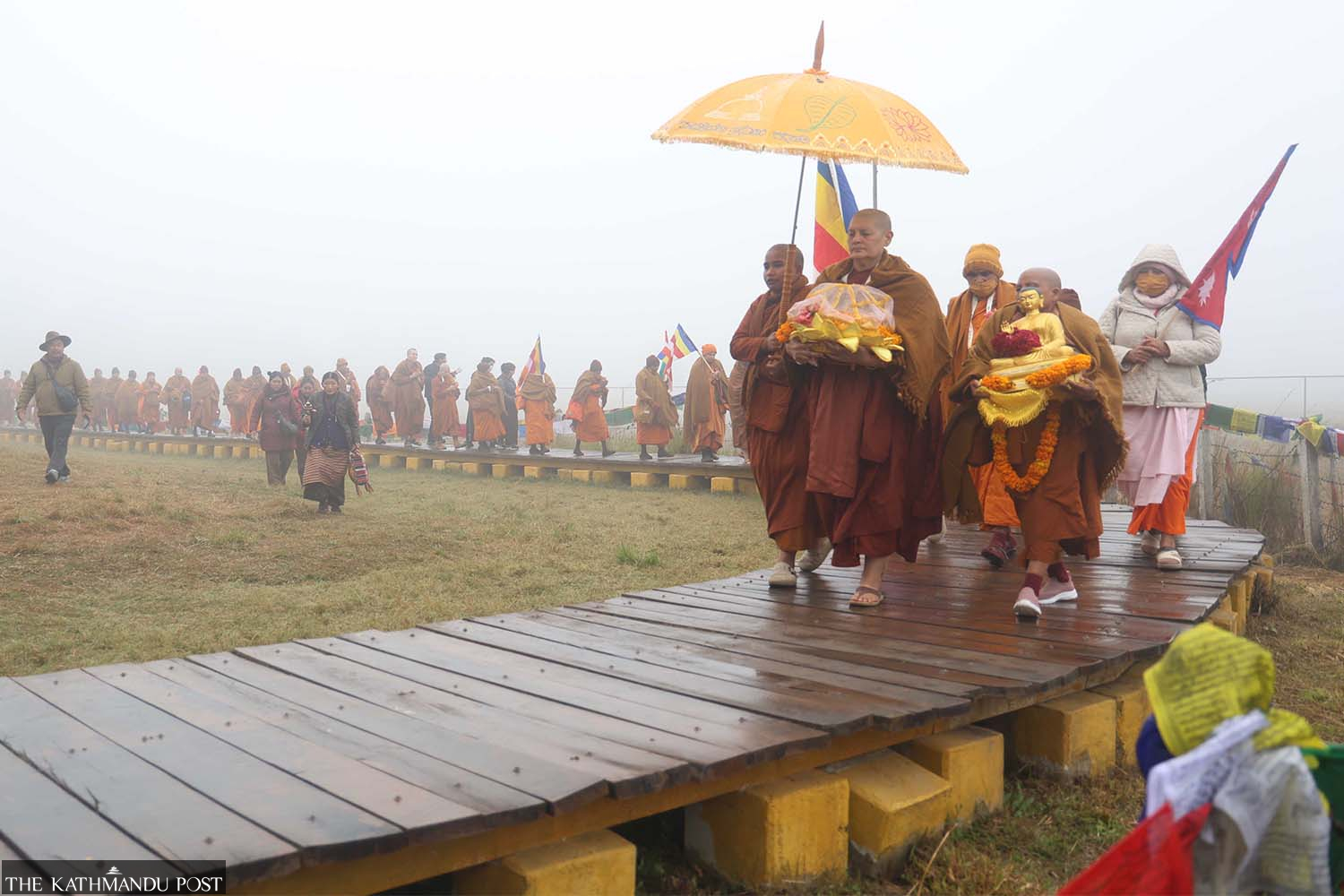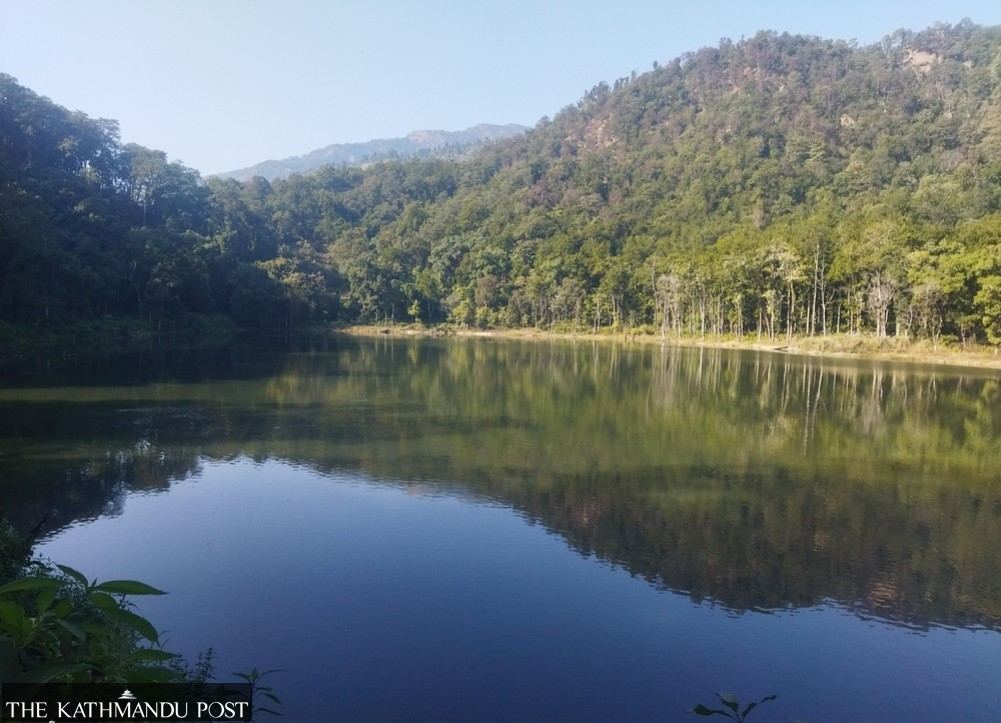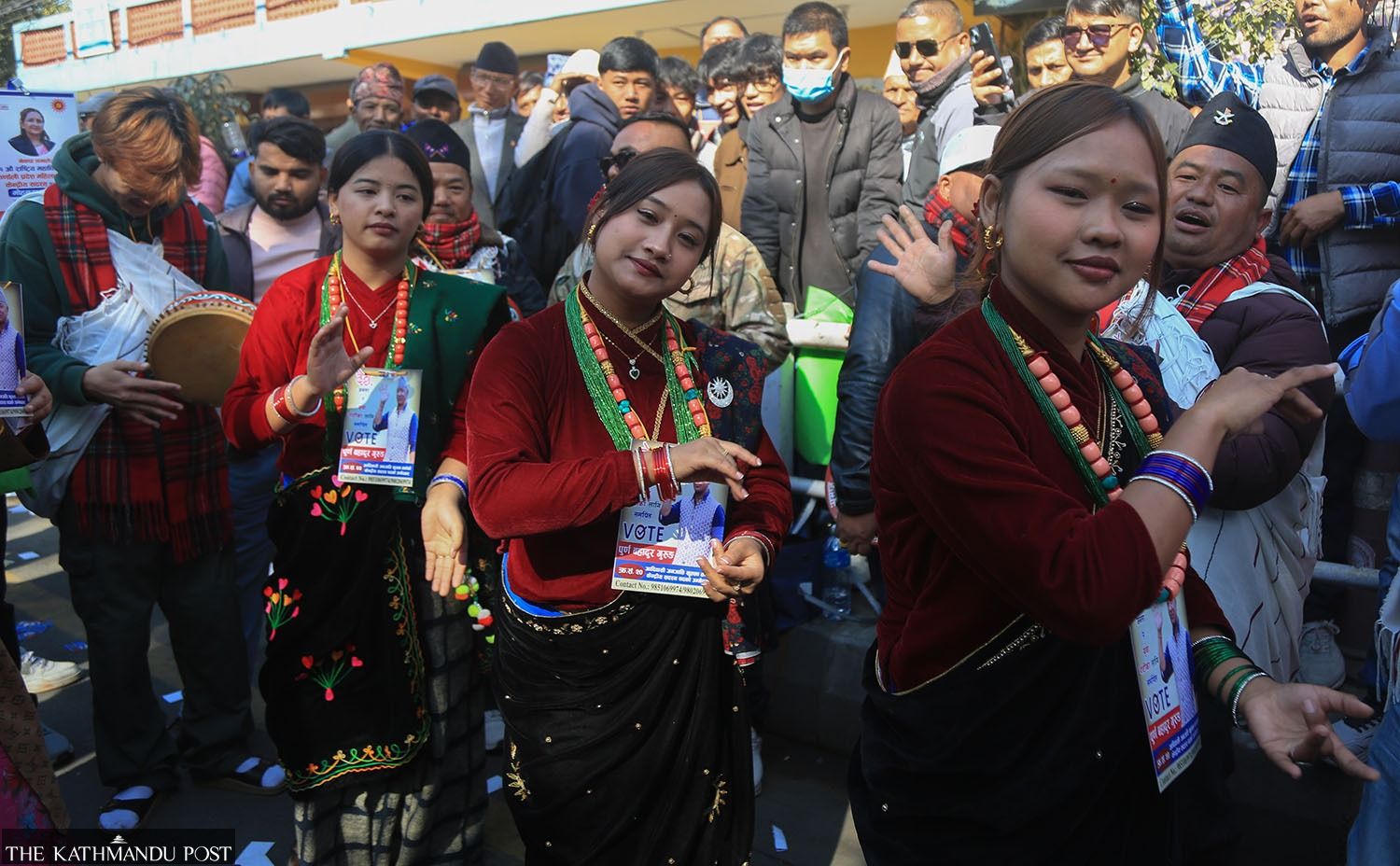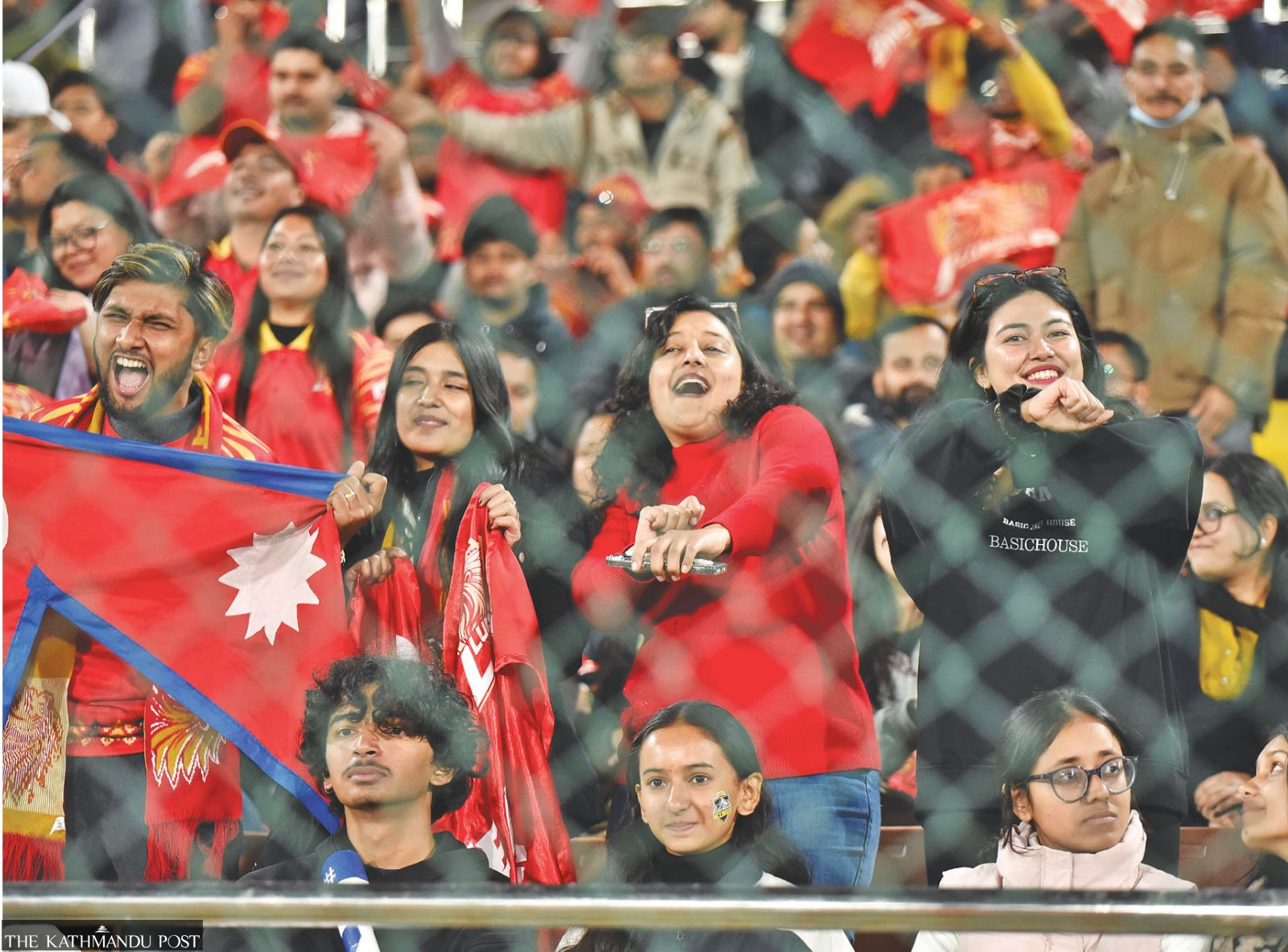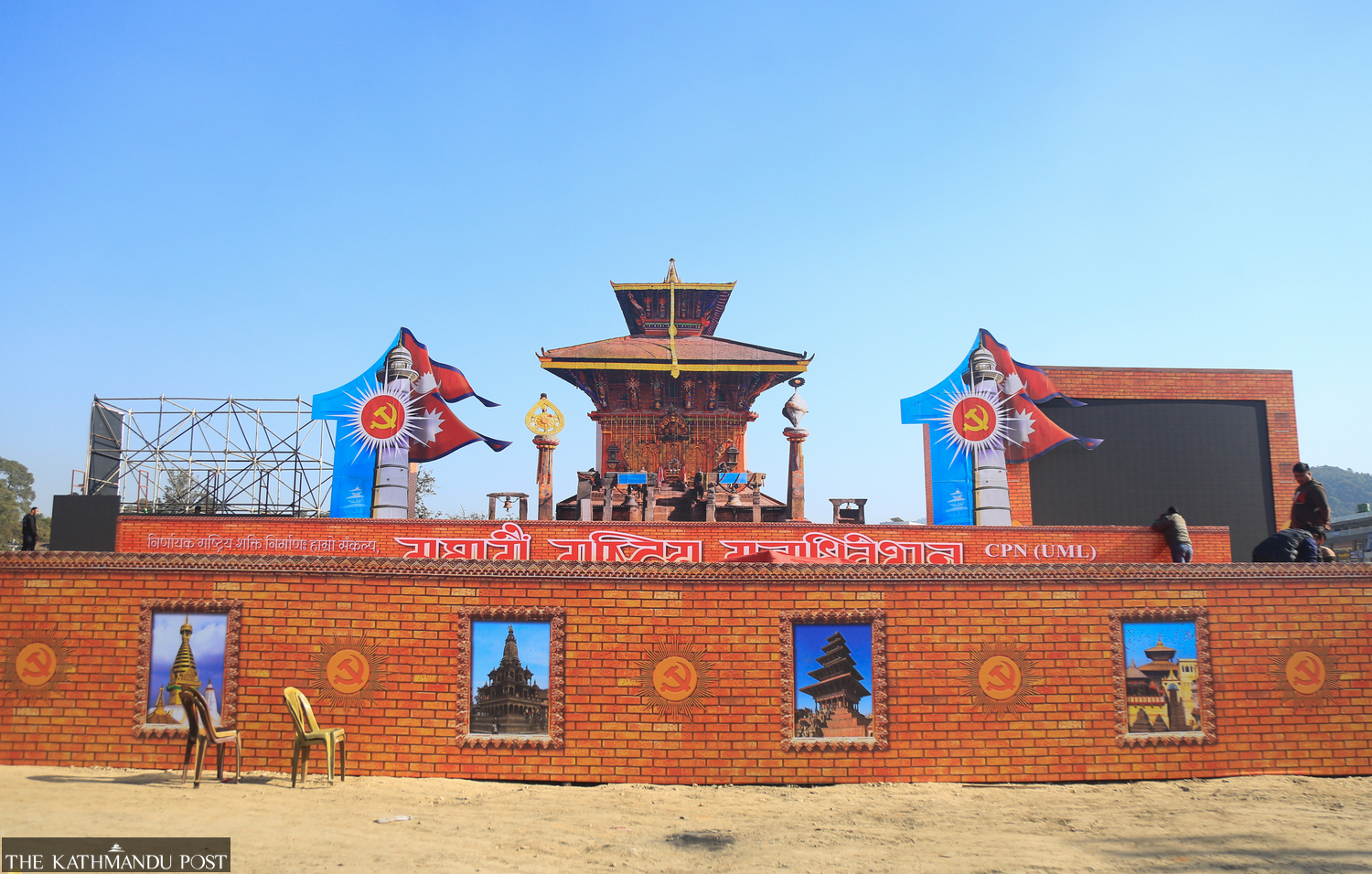At the beginning of the 19th century, Kathmandu’s Tundikhel was used for military parades, which first brought the Nepal Army into the massive open space in the heart of Kathmandu.
By the late 20th century, the army had become entrenched in its parade grounds, cordoning off most of the main field and also encroaching upon the portion south of Shahid Gate where it built a recreational area. The army, despite protests, continues to build new structures, while the local community and the general public have no access to the area.
Tundikhel once constituted one large undivided open space, almost five kilometres in length and 300 metres in width, from Tindhara all the way to Tripureshwor. But today, it is barely half its original size, as successive governments from as far back as Pratap Malla and the Rana regime to the present-day federal government continue to divide up Tundikhel.
First, Pratap Malla, in 1671, commissioned the Rani Pokhari to be built on the northern portion of Tundikhel. The Rana regime in the late 1800s and early 1900s slowly chipped away at the grounds. Then, in the early 60s, Ratna Park and Khula Manch were separated, and Dashrath Stadium was built to the south. The local community and city residents had no say on any of these disruptions.
More recently, the Khula Manch section of Tundikhel, half of which is being used as a parking area and the other half as a temporary bus park, made the news after a private builder illegally constructed and rented out over 40 commercial stalls to shopkeepers.
During the Dashain holidays last month, there were efforts to blacktop the temporary bus park in Khula Manch. The clandestine move, backed by Kathmandu’s mayor Bidya Sundar Shakya, was roundly opposed by locals and activists and has once again stirred up calls for “open space, ecology and cultural rights”.
These photos, captured by US Peace Corps volunteers in the 1960s and 70s, show how massive Tundikhel once was and how locals and city residents used it for recreation, sports, as a street market, a theatre, and for religious and state events.
![]() Tundikhel and a view of Shivapuri in 1969. Nepal Photo History Project/Peace Corp
Tundikhel and a view of Shivapuri in 1969. Nepal Photo History Project/Peace Corp![]() Government workers leave Tundikhel after the completion of Democracy Day ceremonies in 1969. Nepal Photo History Project/Peace Corp
Government workers leave Tundikhel after the completion of Democracy Day ceremonies in 1969. Nepal Photo History Project/Peace Corp![]() King Mahendra, flanked by the royal mounted guard, arrives in a Cadillac at Tundikhel circa 1962-1963. Nepal Photo History Project/Peace Corp
King Mahendra, flanked by the royal mounted guard, arrives in a Cadillac at Tundikhel circa 1962-1963. Nepal Photo History Project/Peace Corp![]() This view looks westward to the city centre of Kathmandu in 1966. Rani Pokhari is at the top right while the Bagmati river is in the top left. The open space of Tundikhel is at the top-centre with the Bhimsen Tower (Dharahara) just beyond it. Nepal Photo History Project/Peace Corp
This view looks westward to the city centre of Kathmandu in 1966. Rani Pokhari is at the top right while the Bagmati river is in the top left. The open space of Tundikhel is at the top-centre with the Bhimsen Tower (Dharahara) just beyond it. Nepal Photo History Project/Peace Corp![]() A young boy rests after rolling two bike tires on Tundikhel in 1968. Nepal Photo History Project/Peace Corp
A young boy rests after rolling two bike tires on Tundikhel in 1968. Nepal Photo History Project/Peace Corp![]() Mounted royal guard exiting Tundikhel circa 1962-1963. Nepal Photo History Project/Peace Corp
Mounted royal guard exiting Tundikhel circa 1962-1963. Nepal Photo History Project/Peace Corp![]() College girls near Ratna Park in 1969. Nepal Photo History Project/Peace Corp
College girls near Ratna Park in 1969. Nepal Photo History Project/Peace Corp![]() The Nepal Army barracks near Tundikhel with Phulchoki in the background in 1969. Nepal Photo History Project/Peace Corp
The Nepal Army barracks near Tundikhel with Phulchoki in the background in 1969. Nepal Photo History Project/Peace Corp![]() Tundikhel as seen while looking north towards Shivapuri in 1968. The Rastriya Sabha Griha is under construction. Nepal Photo History Project/Peace Corp
Tundikhel as seen while looking north towards Shivapuri in 1968. The Rastriya Sabha Griha is under construction. Nepal Photo History Project/Peace Corp![]() Children play football in Tundikhel in 1970. Nepal Photo History Project/Peace Corp
Children play football in Tundikhel in 1970. Nepal Photo History Project/Peace Corp![]() A ceremonial platform being constructed at Tundikhel for the coronation of King Birendra in 1975. Nepal Photo History Project/Peace Corp
A ceremonial platform being constructed at Tundikhel for the coronation of King Birendra in 1975. Nepal Photo History Project/Peace Corp![]() King Birendra on an elephant for his coronation parade, which went around Tundikhel in 1975. Nepal Photo History Project/Peace Corp
King Birendra on an elephant for his coronation parade, which went around Tundikhel in 1975. Nepal Photo History Project/Peace Corp![]() Democracy Day celebrations at Tundikhel in 1972. Nepal Photo History Project/Peace Corp
Democracy Day celebrations at Tundikhel in 1972. Nepal Photo History Project/Peace Corp![]() Kantipath with Tundikhel beyond the fence in 1971. Nepal Photo History Project/Peace Corp
Kantipath with Tundikhel beyond the fence in 1971. Nepal Photo History Project/Peace Corp![]() Tundikhel with the Tri-Chandra College clock tower (Ghantaghar) in the background in 1971. Nepal Photo History Project/Peace Corp
Tundikhel with the Tri-Chandra College clock tower (Ghantaghar) in the background in 1971. Nepal Photo History Project/Peace Corp![]() A woman takes a walk in Ratna park in 1970. Nepal Photo History Project/Peace Corp
A woman takes a walk in Ratna park in 1970. Nepal Photo History Project/Peace Corp![]() An aerial view of Tundikhel in 1970. Nepal Photo History Project/Peace Corp
An aerial view of Tundikhel in 1970. Nepal Photo History Project/Peace Corp![]() Boys play football in Tundikhel in 1970. Nepal Photo History Project/Peace Corp
Boys play football in Tundikhel in 1970. Nepal Photo History Project/Peace Corp![]() Democracy Day celebrations at Tundikhel in 1972. Nepal Photo History Project/Peace Corp
Democracy Day celebrations at Tundikhel in 1972. Nepal Photo History Project/Peace Corp![]() Preparations to celebrate the coronation of King Birendra in Tundikhel. Nepal Photo History Project/Peace Corp
Preparations to celebrate the coronation of King Birendra in Tundikhel. Nepal Photo History Project/Peace Corp![]() An aerial view of Kathmandu in 1977 with Dharahara and Tundikhel visible in the centre. Nepal Photo History Project/Peace Corp
An aerial view of Kathmandu in 1977 with Dharahara and Tundikhel visible in the centre. Nepal Photo History Project/Peace Corp![]() A gate under construction at Tundikhel for the coronation of King Birendra. Nepal Photo History Project/Peace Corp
A gate under construction at Tundikhel for the coronation of King Birendra. Nepal Photo History Project/Peace Corp![]() The National Stadium under construction in 1975. Nepal Photo History Project/Peace Corp
The National Stadium under construction in 1975. Nepal Photo History Project/Peace Corp![]() Rani Pokhari and Tri Chandra College in 1967. Nepal Photo History Project/Peace Corp
Rani Pokhari and Tri Chandra College in 1967. Nepal Photo History Project/Peace Corp![]() A police officer readies to direct traffic at the New Road gate, with a view of Basantapur circa 1962-1963. Nepal Photo History Project/Peace Corp
A police officer readies to direct traffic at the New Road gate, with a view of Basantapur circa 1962-1963. Nepal Photo History Project/Peace Corp![]() Soldiers practice at Tundikhel in the morning fog in preparation for the coronation of King Birendra. Nepal Photo History Project/Peace Corp
Soldiers practice at Tundikhel in the morning fog in preparation for the coronation of King Birendra. Nepal Photo History Project/Peace Corp![]() Rani Pokhari and Swayambunath stupa on the hill in the distance at the upper left in 1963. Nepal Photo History Project/Peace Corp
Rani Pokhari and Swayambunath stupa on the hill in the distance at the upper left in 1963. Nepal Photo History Project/Peace Corp![]() Soldiers practice at Tundikhel in preparation for the coronation of King Birendra. Nepal Photo History Project/Peace Corp
Soldiers practice at Tundikhel in preparation for the coronation of King Birendra. Nepal Photo History Project/Peace Corp![]() Padma Kanya College girls in their school saris awaiting the motorcade of Indira Gandhi during her visit to Nepal. The Rani Pokhari temple is visible on the left in 1966. Nepal Photo History Project/Peace CorpThis photo essay is part of our Once Upon a Time series, featuring photographs taken by US Peace Corps volunteers in the 1960s.
Padma Kanya College girls in their school saris awaiting the motorcade of Indira Gandhi during her visit to Nepal. The Rani Pokhari temple is visible on the left in 1966. Nepal Photo History Project/Peace CorpThis photo essay is part of our Once Upon a Time series, featuring photographs taken by US Peace Corps volunteers in the 1960s. To see more photo essays in the series, visit tkpo.st/eka-deshma
Once Upon a Time 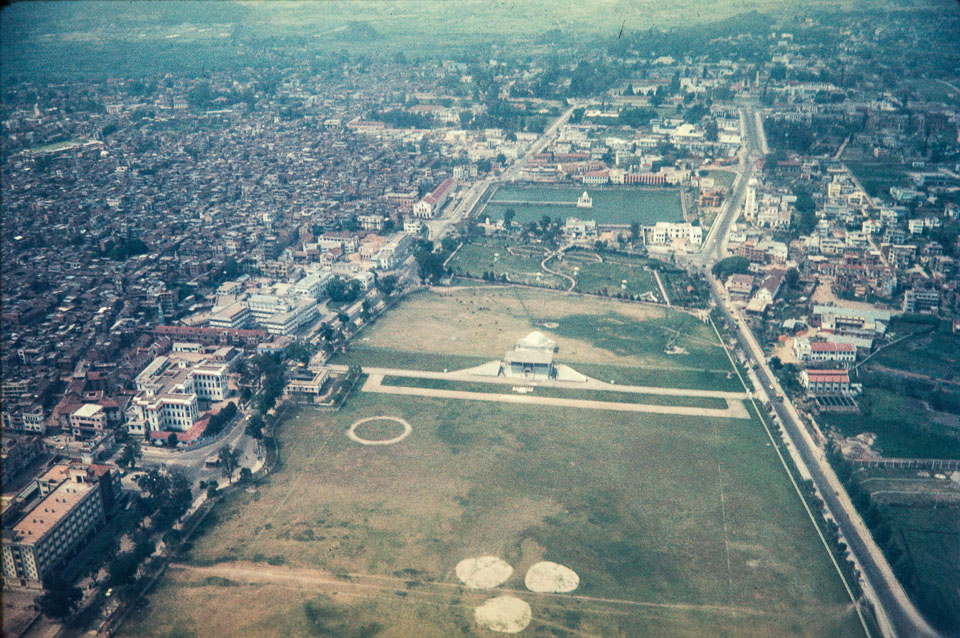


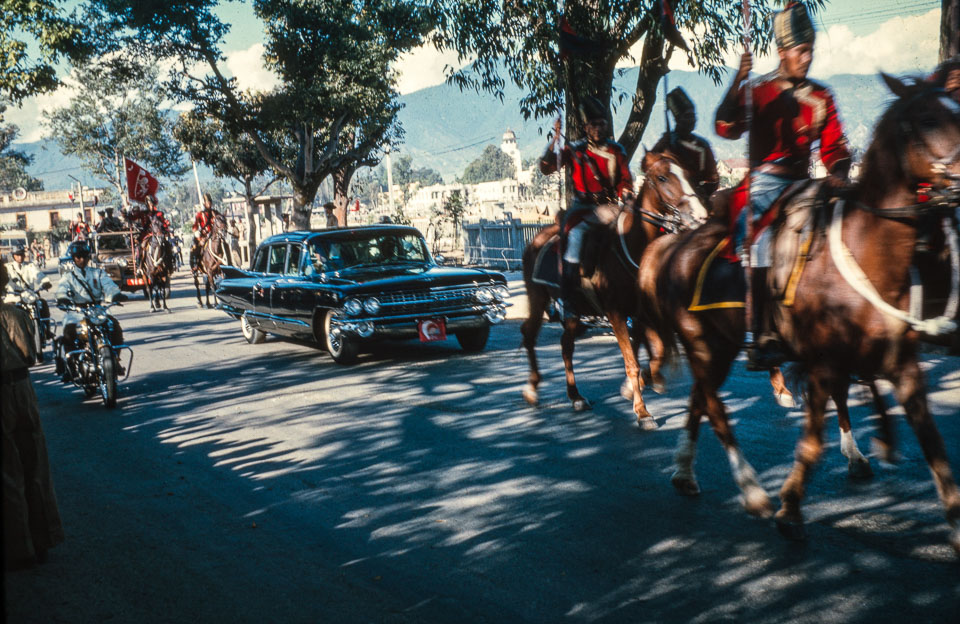
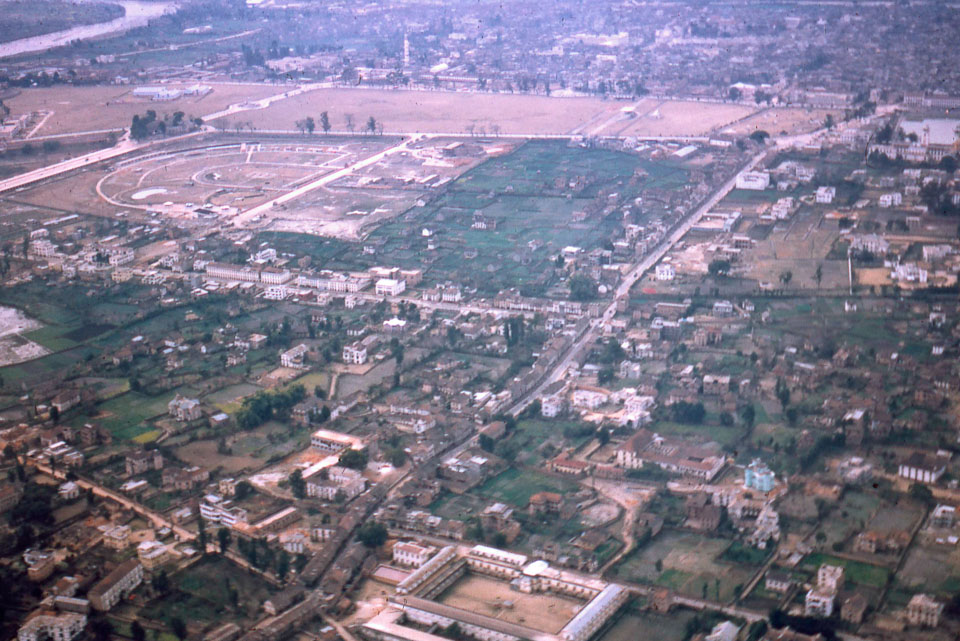
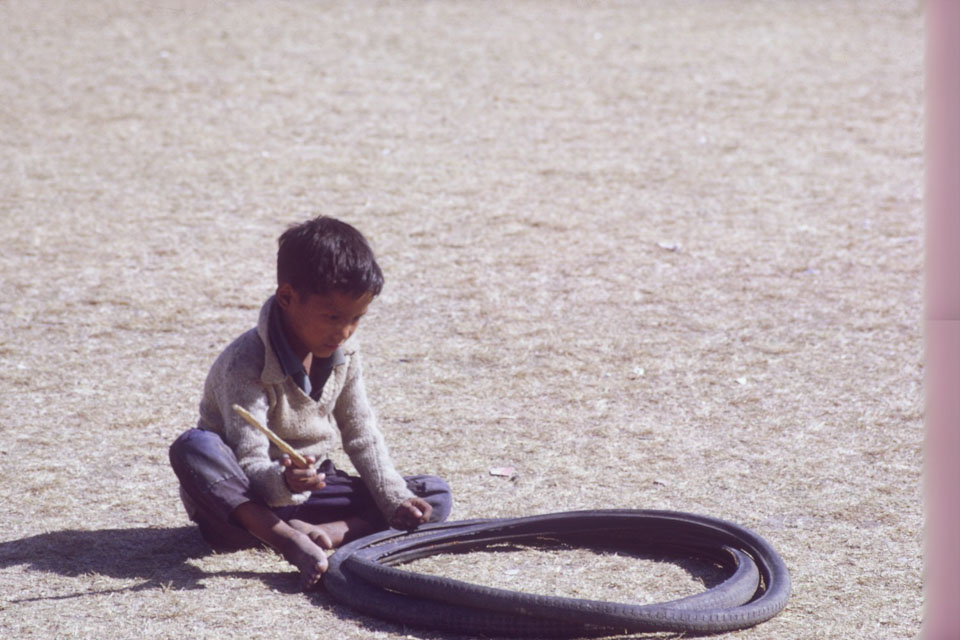

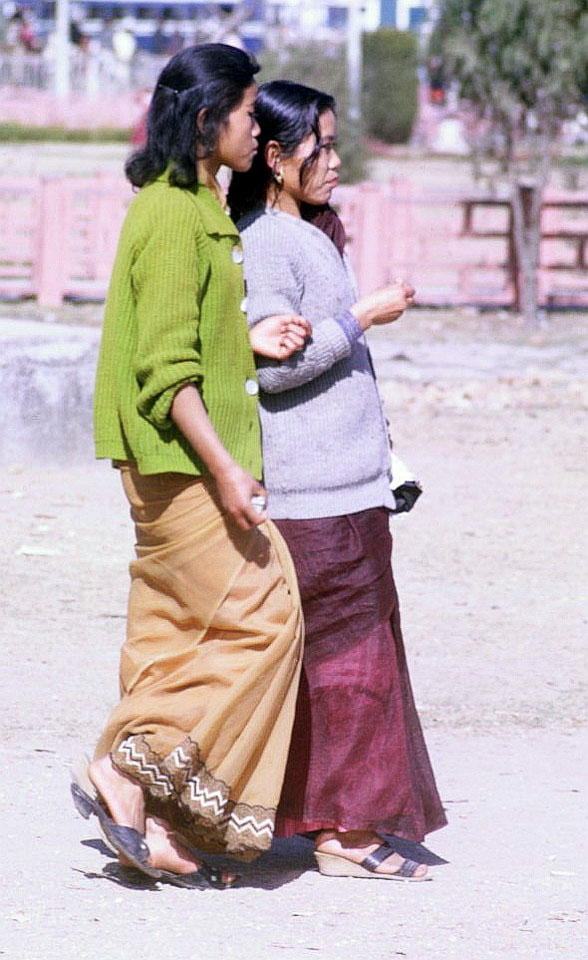
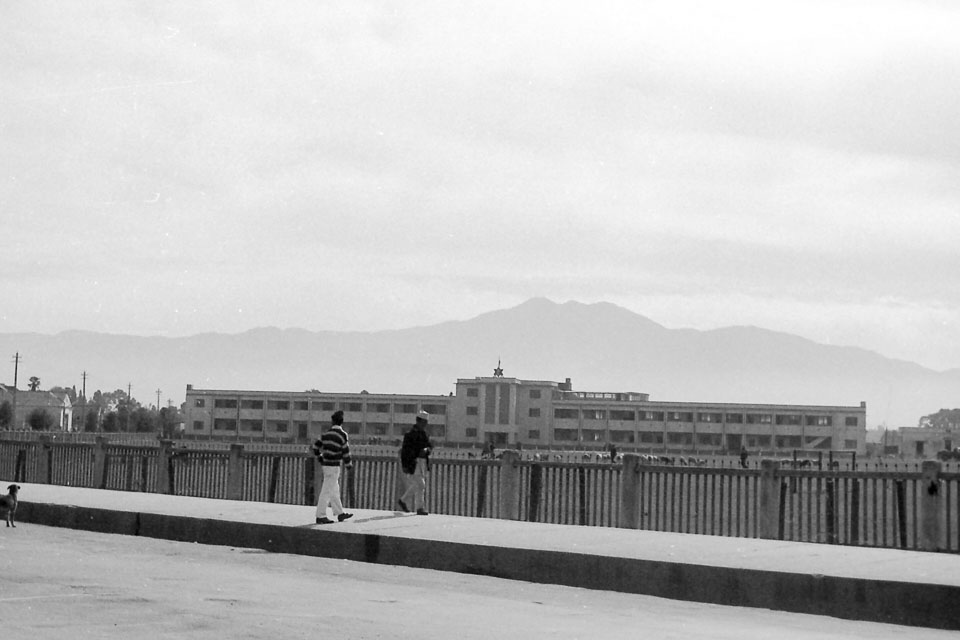
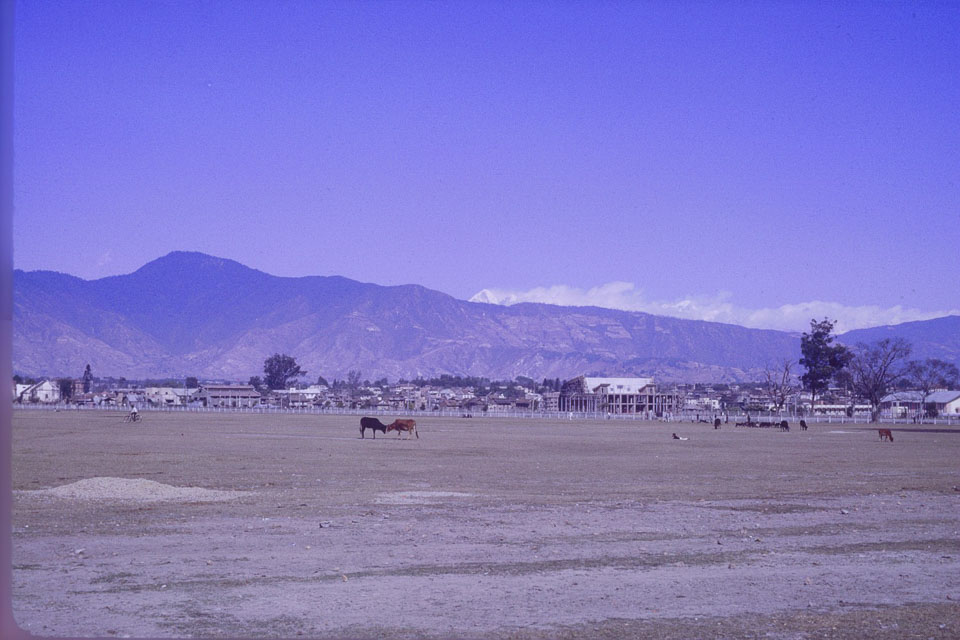

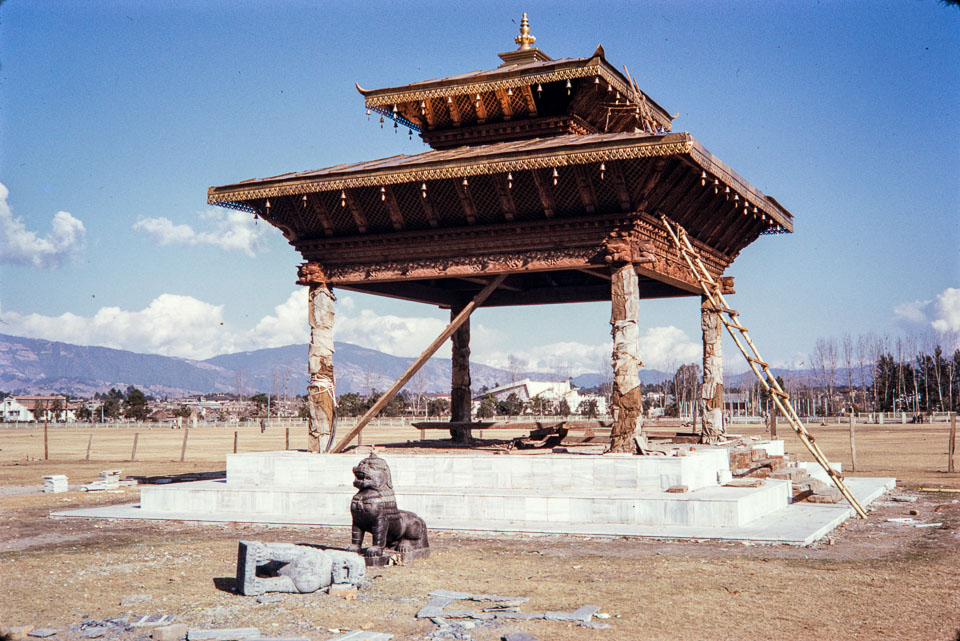


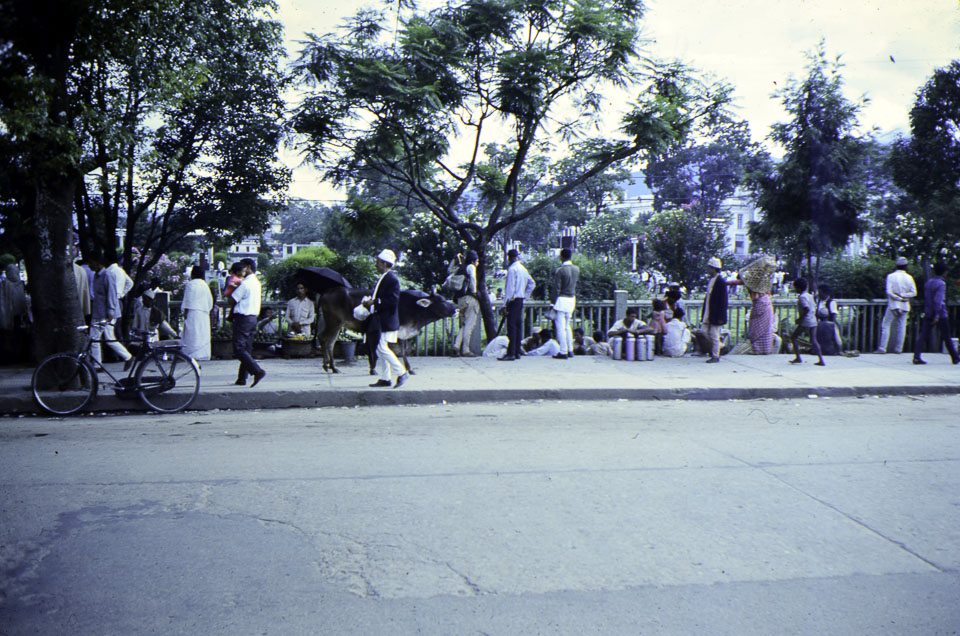

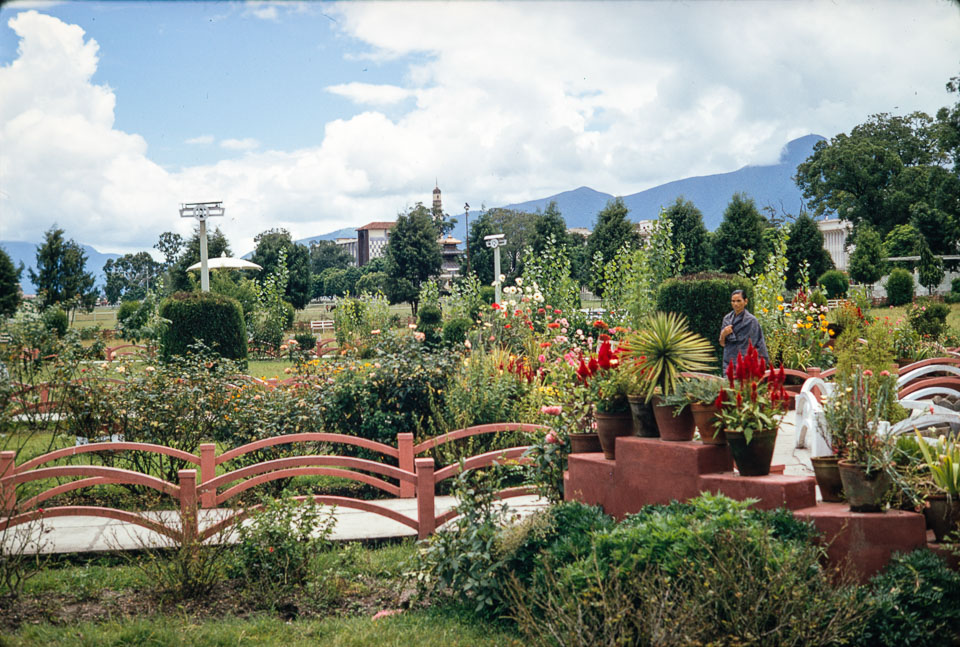

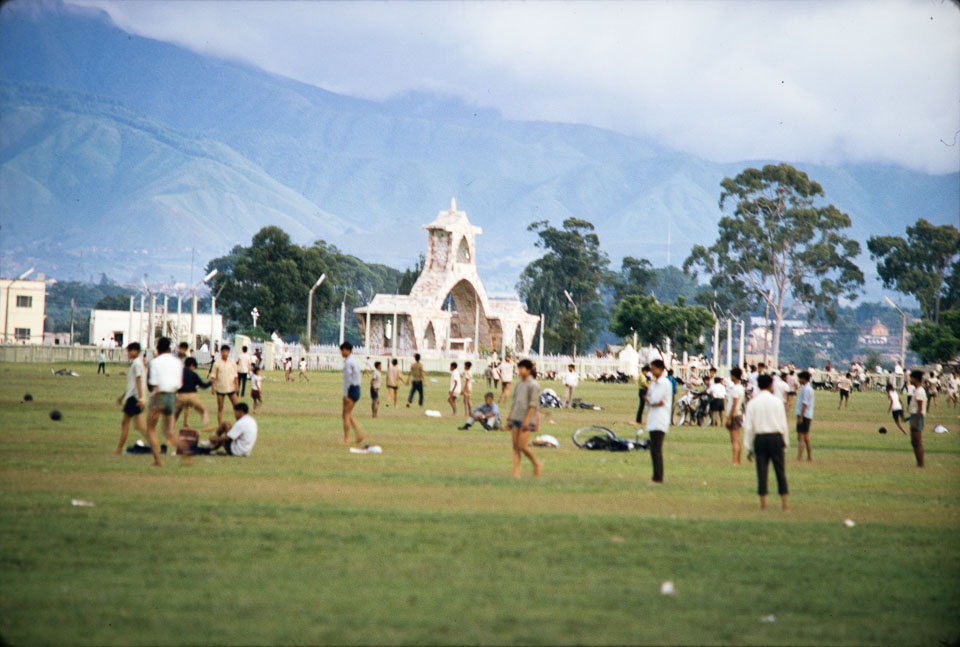




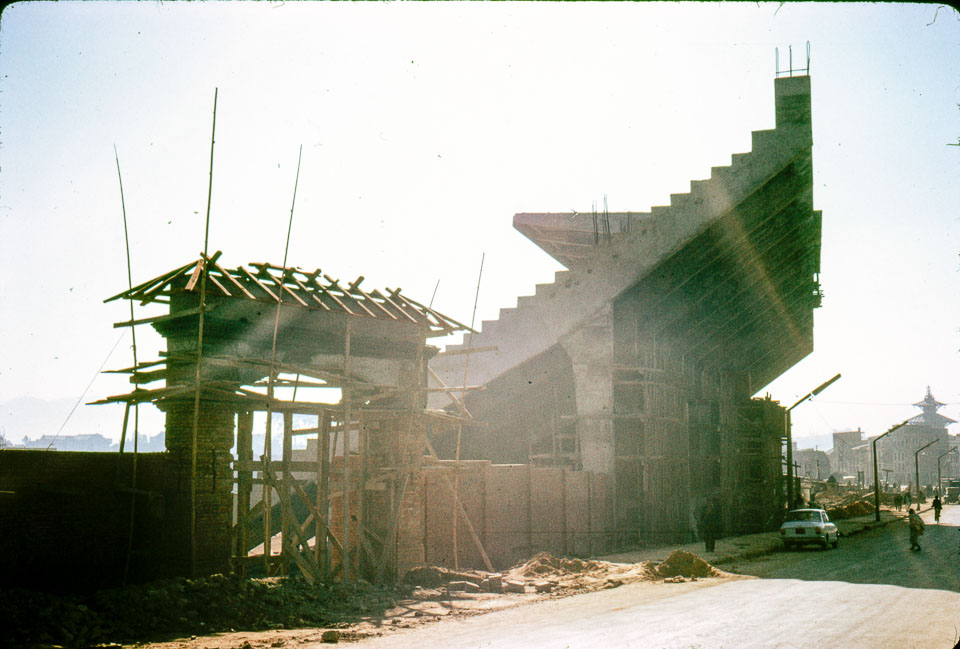
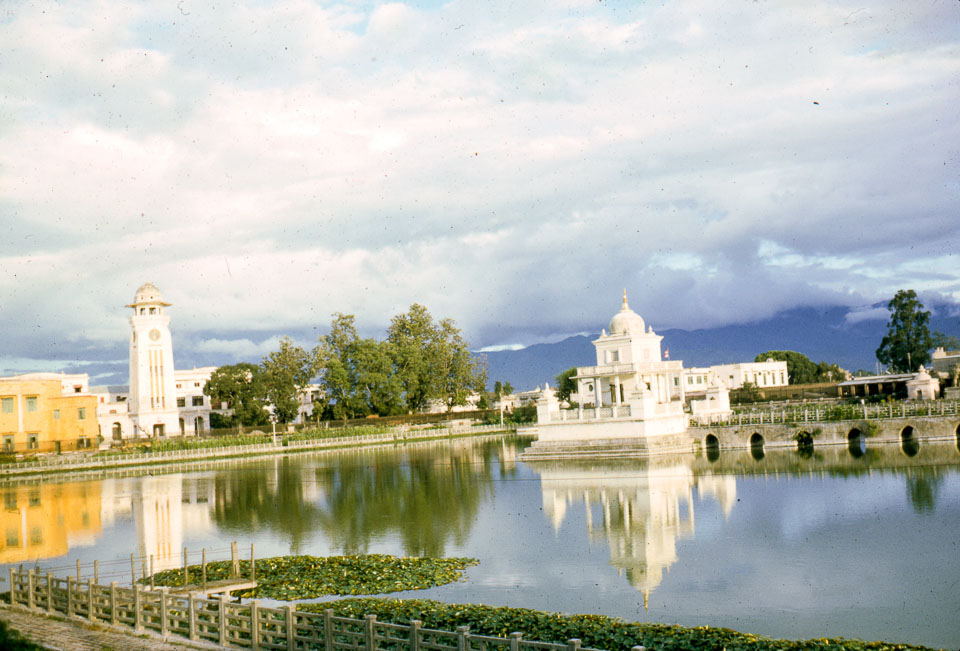
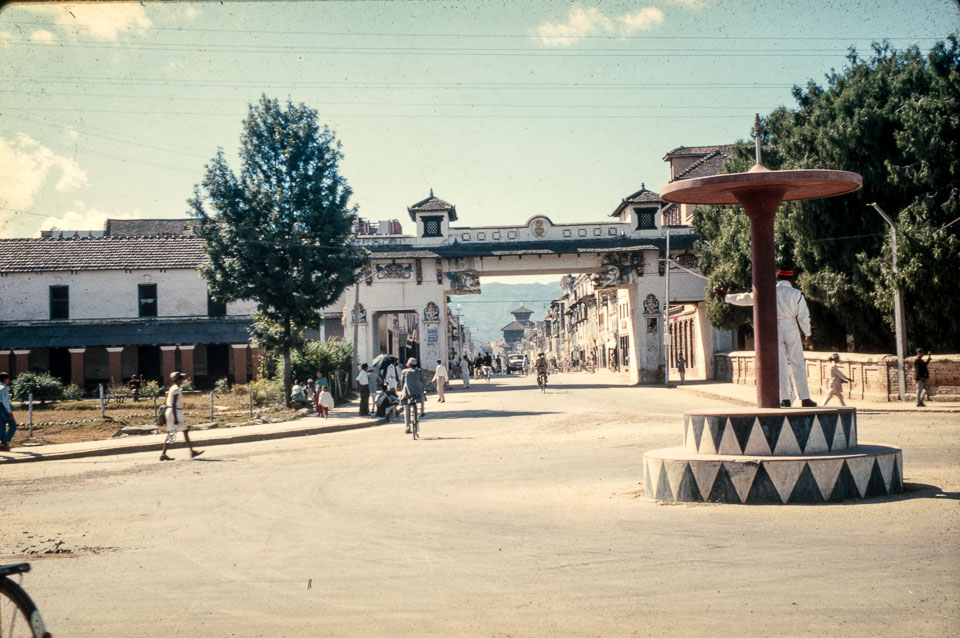
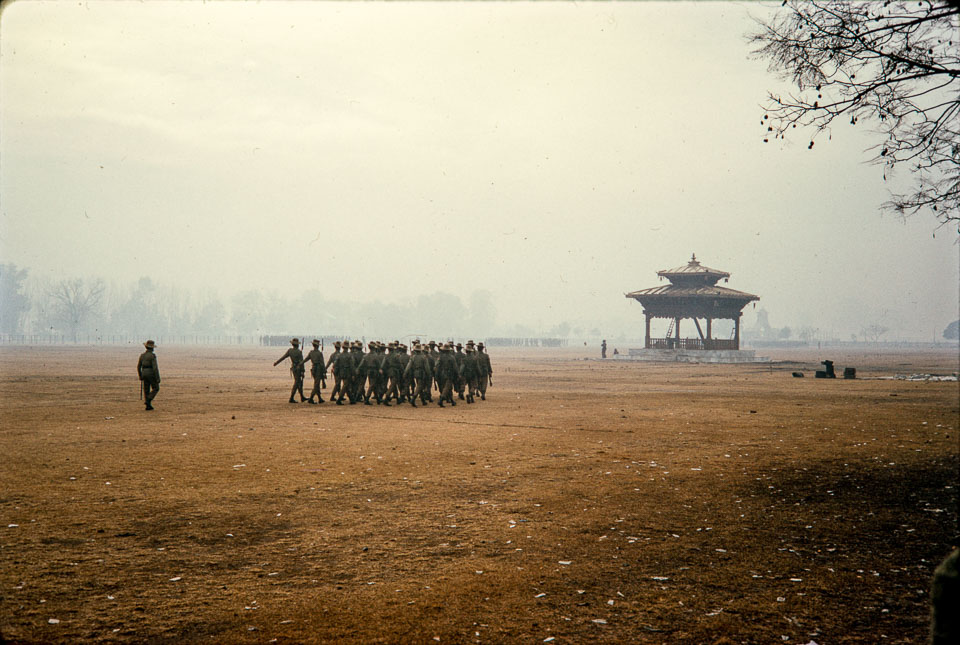

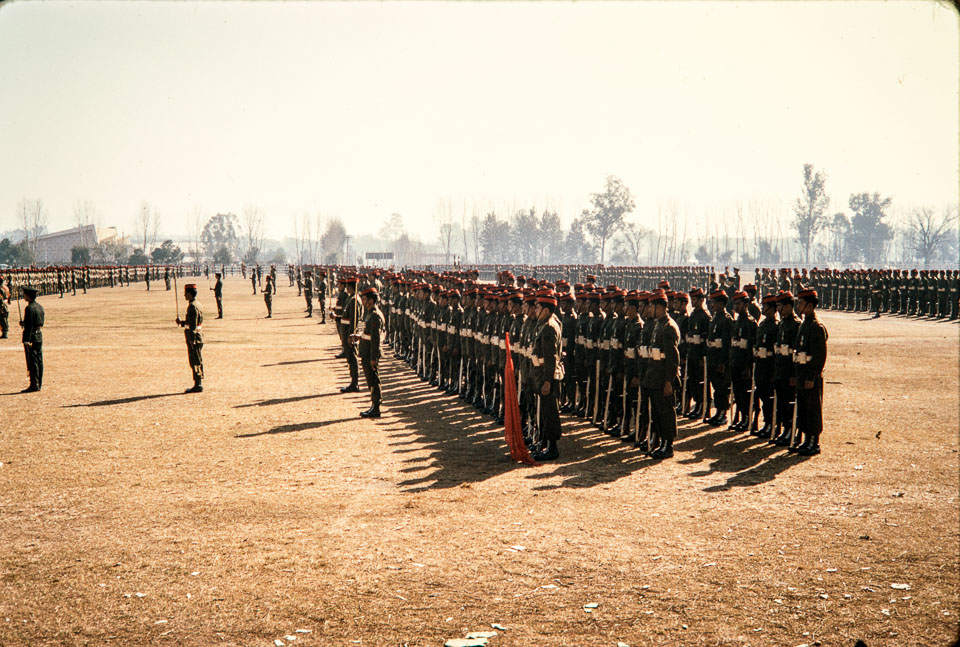





 20.12°C Kathmandu
20.12°C Kathmandu